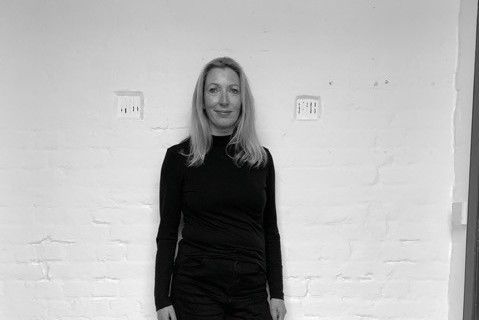WHEN thinking about the future, there are times when it can be useful to draw on the past for inspiration.
And, as the Island grapples with what has widely been described as a ‘housing crisis’, the spotlight on buildings – and their contribution to people’s quality of life – is greater than ever before.
It is against this backdrop that the Association of Jersey Architects, which celebrates its 60th anniversary this year, has been looking at both the Island’s future needs and some noteworthy buildings from yesteryear.
‘As part of our anniversary celebrations, we have run an exhibition called 60 Years, 60 Buildings, which showcases one stand-out building from each year of our history,’ explains association president Alison Horton. ‘As you look at those buildings, the two things that really hit you are how those structures pushed the boundaries in terms of the materials used and, secondly, how they benefited the community by creating public space.’
While some of these buildings may not seem particularly ground-breaking now, the innovation shown in their design and the commitment to the public realm are two factors which Alison believes should be at the heart of all developments.
‘When you look back to the 1960s and 70s, blocks and steel formed the basis of many buildings,’ she said. ‘Accordingly, Church House – our chosen building for 1969 – is a great example of a project which, with its brutalist style and use of expressive concrete, brought a new style of architecture to the Island. Although it was controversial at the time, it works really well alongside the church.
‘Now, the question surrounding materials should be around sustainability and supporting the drive towards carbon neutrality. To do this, we have to innovate and stop relying on steel, concrete and traditional block construction.’
As well as supporting the environment, Alison says that a sustainable approach can also have financial benefits – if people look at the project in a different way.
‘A lot of developments, especially government ones, have two budgets, one for the build and the other for the maintenance and operational costs,’ she explains. ‘However, if you shift your mindset to look at the overall lifecycle costs, you will see that building in a sustainable way can save money in the long term.
‘Ed Le Quesne House at Minden Place – the final building in our AJA60 exhibition – is a great example of this. Designed by Waddington, this development was constructed using bricks which, it was calculated, had greater longevity than many traditional render systems and would therefore reduce the long-term maintenance costs.’
But it wasn’t just the brickwork which earnt Ed Le Quesne House its place in the exhibition.
‘Crucially, this development also gave back to the community, creating public space,’ explains Alison, ‘and this is something which is hugely important as we try to create a vibrant and sustainable town centre, and support the growing demand for housing. It is not just a question of building, but also of placemaking, or forming an area that has character. The development of West’s Centre, which gave Islanders a lovely square in an urban setting, is another great example of this.’
While designing new projects in a sustainable way is challenging, Alison says an even greater challenge lies in retrofitting existing buildings.
‘The majority of houses already exist so it is really important to look at these buildings and make them perform better,’ she explained. ‘While you can swap your boiler from oil to electric, the best solution is to reduce the amount of heat you need to put into the building, and this comes down to the external elememts. While insulating old buildings is really difficult, everyone can take small steps, such as insulating their loft and making sure their windows are sealed, to reduce their carbon emissions – and energy costs.’
Referencing Passivhaus, an international design standard which slashes buildings’ energy use while delivering comfort, Alison says a similar approach to social-housing developments would benefit the Island.
‘It’s easy to criticise existing developments but what we need to do is drive up our aspirations,’ she argued. ‘Passivhaus not only supports environmental goals but also provides accommodation that people enjoy living in. It stops fuel poverty and increases natural light and green spaces in developments. These are the standards we need to aim for.’
Acknowledging that new approaches to design and construction require a shift in skills, as well as in mindset, Alison said that a number of firms were focusing on upskilling their teams.
‘Some of the greatest challenges facing the construction industry at the moment are shortages of manpower and materials,’ she said. ‘While a number of contractors are suffering as a result, it is great to see the focus on training that is taking place. Highlands, for example, are starting to train Islanders in renewable technologies, such as heat pumps and heat-recovery units, to upskill firms’ existing workforces.
‘As an association, we have also formed a joint group with the Jersey Construction Council, Chamber of Commerce and the CIGPE to try to identify solutions to some of the challenges facing the industry. At the moment, many of these talks are focused on the supply chain.’
Despite the challenges, Alison says there is a lot of positivity within the industry.
‘AJA60 gave us an opportunity to look at the way in which architects have constantly pushed boundaries and embraced technology over the years and that has galvanised us to collaborate with other bodies and focus on how we can help to shape a sustainable and vibrant future for the Island,’ she said.






